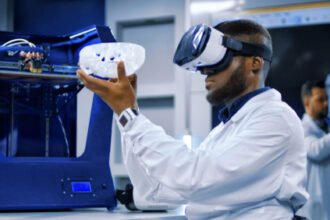I’ve taken a lot of grief in the past for my prediction that robots will play a key role in nursing over the long term. There will still be jobs for nurses but we have little to fear from the ominous predictions of giant workforce shortages. Robots will be useful in many areas. Among those areas will be in extending the mobility of people who otherwise can’t get around on their own. I was impressed with the concept behind the Independence Enhancing Wheelchair currently under development by Adept MobileRobots with help from Mt. Holyoke College students. The robot can find its way around on its own, which means that people with cerebral palsy, MS and other conditions will have more freedom, independence and privacy. They can also avoid some of the dangers inherent in wheelchairs they maneuver themselves, such as crashing down stairs. Initially this means the robots will be able to replace human attendants. The devices are still rather primitive but it’s fairly easy to see where the robotics revolution will take us. As these wheelchairs are perfected other devices and functionality will be added, such as devices to help people get out of bed and into the wheelchair on their own. There are already robots under development for related tasks such as stroke rehab. There’s no reason mobility can’t be extended even further. Google is testing out cars that can navigate on their own. That will be useful for everyone, but especially for people who can’t drive on their own for medical reasons. Welcome robots, I look forward to your further development and proliferation.








